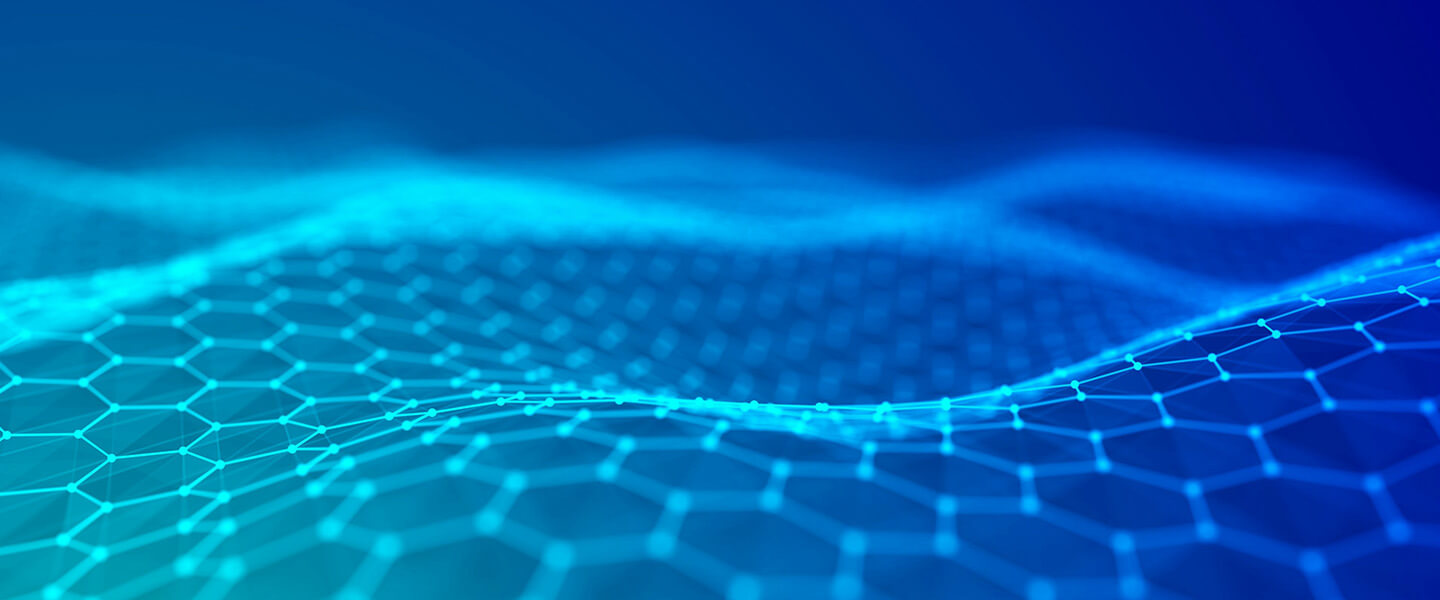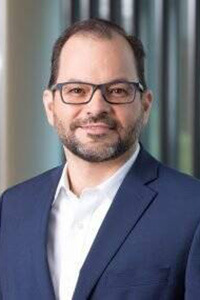Non-Invasive Stimulation of the Spine with Direct Current Reduced Major Depression Symptoms in Pilot Trial
Non-Invasive Stimulation of the Spine with Direct Current Reduced Major Depression Symptoms in Pilot Trial

A team of researchers has obtained encouraging results in a small pilot study testing a completely new way of treating major depression. The team was led by Francisco Romo-Nava, M.D., Ph.D., of the Lindner Center of HOPE and the University of Cincinnati College of Medicine, whose 2017 BBRF Young Investigator grant was devoted to research leading directly to the trial. Results were recently published in Molecular Psychiatry. Four other BBRF grantees were members of the team.
The randomized, double-blinded placebo-controlled study, involving 20 unmedicated patients with major depressive disorder (MDD), tested a non-invasive neural stimulation technology called transcutaneous spinal direct current stimulation, or tsDCS. In the pilot trial, tsDCS was given to half the study group three times weekly, each time in a 20-minute session, over 8 weeks. The rest of the participants in the trial received a non-active “sham,” or placebo, version of tsDCS that was designed to be indistinguishable from the real thing.
In contrast to various FDA-approved forms of non-invasive stimulation for depression such as TMS (transcranial magnetic stimulation), tsDCS does not target the brain directly, but rather, the spinal cord. TMS uses powerful magnets placed over the forehead to induce an electric field just beneath the scalp, which in turn modifies the activity of neurons in the brain. In tsDCS, which is currently used for research only, two electrodes, one placed in the mid-back over the spine and the other on the right shoulder, induce a direct current to targeted areas of the spinal cord. The team’s aim was to modify signals that are continually connecting the body and brain via spinal interoceptive pathways, or SIPs.
Interoception refers to sensory information that tells an organism about the internal state of the body. Interoceptive signals are carried to the spinal cord and are projected to the brain via SIPs. Entering the brain, they provide raw material for high-level sensory processing and prediction by the brain of internal bodily states.
It has been proposed that anomalies in interoceptive signaling or misrepresentations of internal bodily states are involved in the pathology of major depression and perhaps other psychiatric disorders such as anxiety, PTSD, OCD, and eating disorders. But this has been quite difficult to flesh out experimentally.
Nerve fibers carrying interoceptive signals in the spinal cord “project to autonomic centers in the brainstem and thalamus,” Dr. Romo-Nava and colleagues note. Information is then relayed to an interoceptive system that is distributed in various parts of the brain’s cortex and subcortex, notably including the insular cortex. In the latter area, interoceptive signals are entwined with motivational and cognitive process that interact with other brain regions. “The insula is recognized as a critical integrative hub for interoceptive signals” the team writes, and “is involved in a myriad of functions” including sensorimotor processing as well as reward, emotion, and pain processing.
The team’s interest in testing the impact of tsDCS in patients with major depression stems in part from evidence, “often ignored,” that most MDD patients report unspecific symptoms involving multiple sensory systems that carry autonomic and somatic (bodily) signals. It was their hypothesis that using tsDCS to inhibit spinal signals leading to the brain, e.g., SIPs, “would decrease depressive symptom severity.”
After 8 weeks, major depression patients who had received the active tsDCS treatments “had a statistically significant greater decrease in depressive symptom severity” compared with those in the group that received the non-active placebo version of the treatment. The effect size, or relative impact of the treatment on symptoms, was deemed “large” by the team. The tsDCS group was in their mid-30s on average, was not taking antidepressant medication at the time of the trial, and was rated “moderately ill” according to a standard diagnostic tool used to assess symptoms. Those who received the treatment also registered a greater reduction in “reported sadness.” There was evidence, too, of declines in “pessimistic thoughts.” There were no serious adverse events in the trial, with the most common side effects being redness and a mild burning sensation at the site of electrode placement, both lasting less than 30 minutes after treatments.
While this preliminary study could not determine how the treatments altered biology to generate therapeutic results, modeling by the team indicated that at the intensity of current used, the intervention was able to reach grey matter in the mid-spine, which, if true, suggests tsDCS as tested was able to modify the body-brain circuitry that carries interoceptive signals to the brain.
The team believes the results, both in terms of efficacy and safety, warrant larger studies of tsDCS in the treatment of depression. Notably, this pilot trial did not include a long-term follow up, so there is no sense yet as to how long beneficial effects may endure, or whether unseen side effects might become manifest over time. The technology itself is still under development and will likely be improved, but from results of this first test, it was possible for the researchers to suggest that “spinal pathways in major depression may represent a plausible new therapeutic target.”
The research team also included Melissa P. DelBello, M.D., MS, a 2006 BBRF Independent Investigator, 2005 Klerman Prize winner and 2004 and 2001 Young Investigator; Mark A. Frye, M.D., 2006 BBRF Independent Investigator; Robert K. McNamara, Ph.D., 2010 BBRF Independent Investigator; and David E. Fleck, Ph.D., 2002 BBRF Young Investigator.



